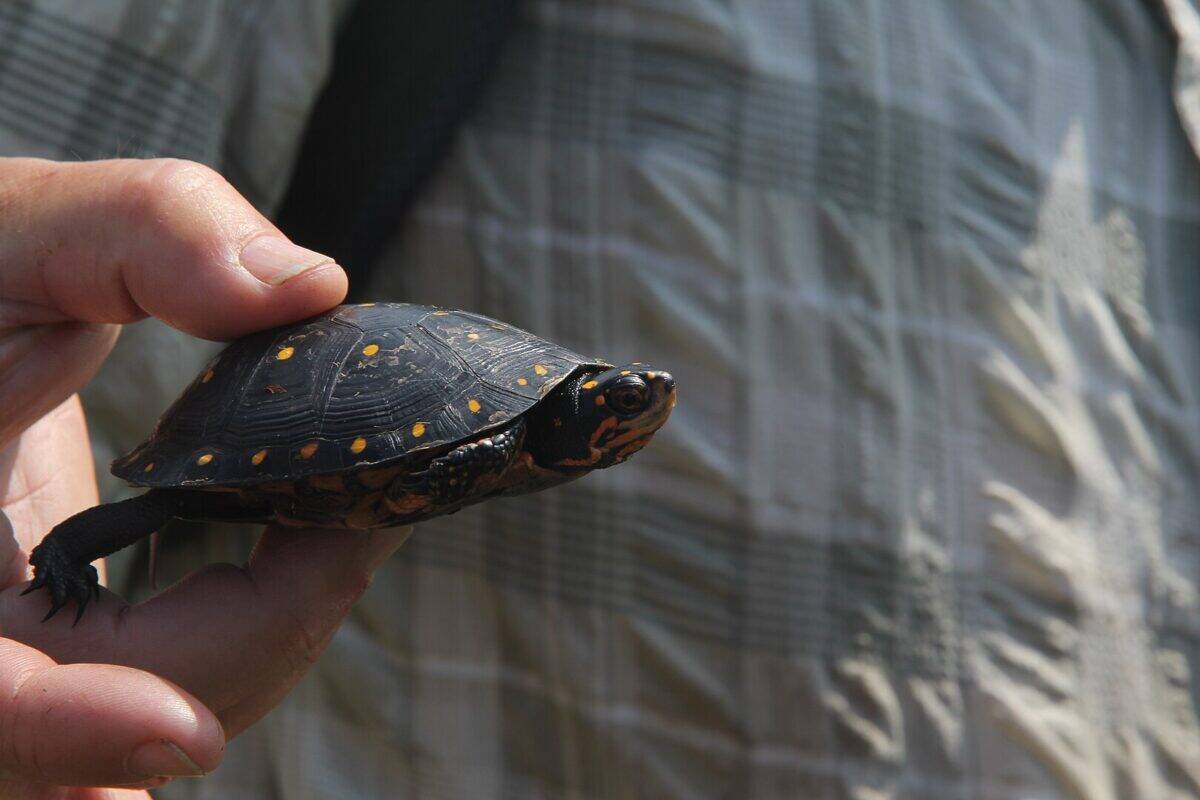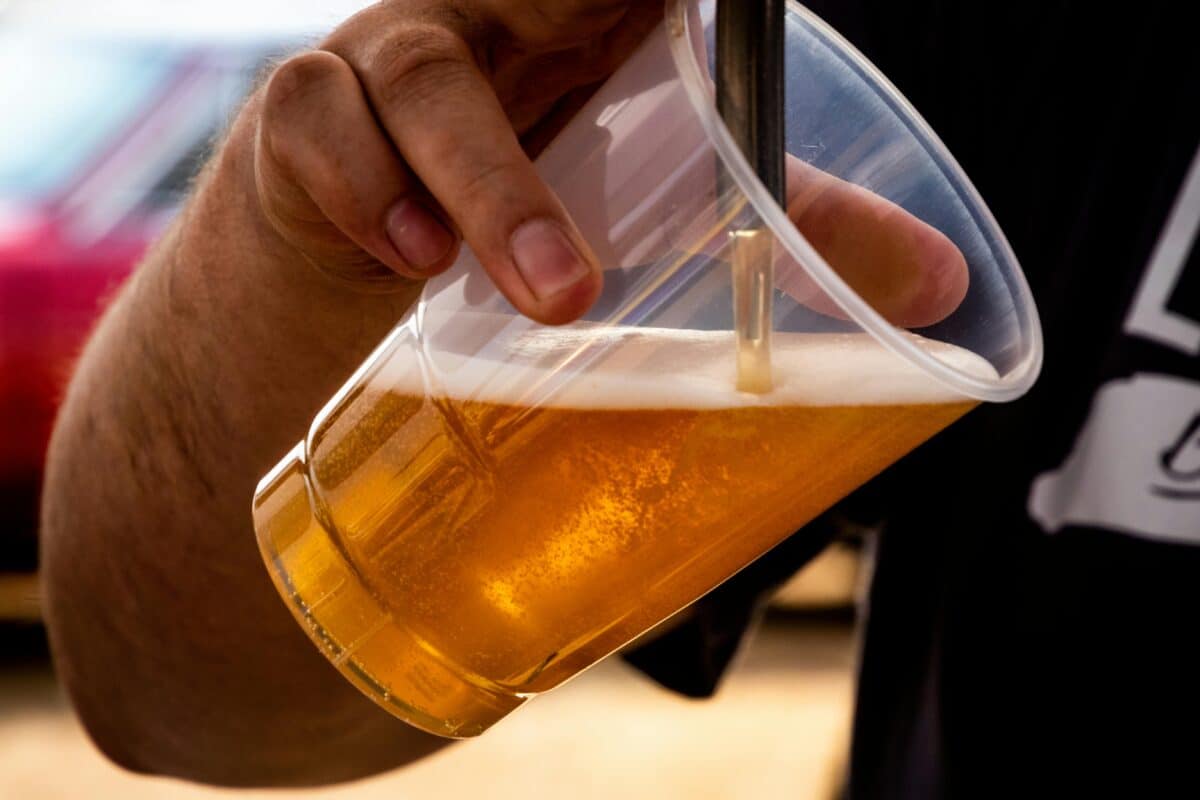The spotted turtle (Clemmys guttata) might only grow to about 10 cm (4 in) long, but this brightly speckled reptile is making a big impact in conservation circles. Known for its distinct yellow spots and shy nature, the spotted turtle is classified as vulnerable due to habitat loss, pollution, road mortality, and illegal collection. Once widespread across the eastern United States, its populations are now fractured and in decline.
In Ohio, where wetlands are increasingly rare, this species is holding on in small, protected pockets. Thanks to new conservation efforts, the state may be turning a corner in giving these tiny turtles a fighting chance.
Uncovering a Hidden Health Crisis

One of the more urgent challenges facing spotted turtles is an unexplained health issue affecting several populations across Ohio. In response, Stark Parks and wildlife nonprofit Wild4Ever launched the Spotted Turtle Conservation Project.
This project focuses on:
- Conducting health screenings and disease surveillance
- Tracking turtle movements and survival rates through tagging
- Studying how changes in land use and water quality affect the species
- Creating veterinary protocols in case of an illness outbreak
The initiative is already gathering critical baseline data on population health, movement patterns, and stressors these turtles face in the wild.
When Beer Meets Biodiversity

What’s one way to bring turtle conservation into the public eye? Craft beer. In a creative twist, Fat Head’s Brewery partnered with the project by releasing a limited-edition brew called Hakuna Guttata IPA. For every pint sold, $1 goes directly toward turtle conservation.
This unlikely collaboration brings together conservationists and beer lovers for a common cause. It’s more than a gimmick—it’s funding habitat restoration, education, and turtle research. And it’s also turning heads in the process.
Why the Spotted Turtle Matters
Spotted turtles aren’t just cute—they’re ecological indicators. That means their presence (or absence) gives scientists insight into the health of the broader wetland ecosystems they live in. If spotted turtles are struggling, it’s a warning sign that the entire aquatic habitat could be in decline.
Their role includes:
- Controlling insect larvae and aquatic vegetation
- Serving as prey for native predators
- Helping balance wetland food webs
Losing this species would mean a loss far greater than one small reptile.
How the Public Can Help
Turtle conservation isn’t just for scientists—it depends on the public, too. Here are a few practical ways everyday people can support efforts like this:
- Keep wetlands clean – Avoid using fertilizers, pesticides, or dumping near rivers, ponds, or marshes
- Don’t disturb turtles – Never collect them from the wild, and report sightings to local wildlife agencies
- Drive cautiously – Especially during spring and summer when turtles cross roads to nest
- Volunteer with local parks – Help with habitat cleanups or wildlife surveys
- Support conservation groups – Whether by donating, buying a fundraiser beer, or simply spreading the word
Even small actions add up when it comes to protecting fragile wetland life.
Conclusion
Ohio’s renewed focus on the spotted turtle isn’t just about saving one species—it’s about restoring balance to wetlands that support countless plants and animals. Through science, community action, and even a little help from a pint glass, this conservation project proves that wildlife recovery doesn’t have to be distant or abstract. It can start right in your backyard—and maybe even your local brewery.
- Texas Turtles Risk Lives for Love During Spring Mating Season - August 20, 2025
- Spider Bites Florida Woman’s Face While Driving - August 10, 2025
- Bride Surprises Groom With Rescued Animals at Bachelor Party - August 7, 2025

